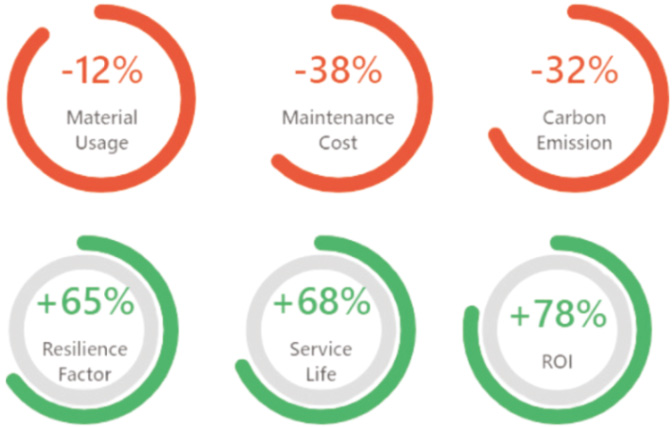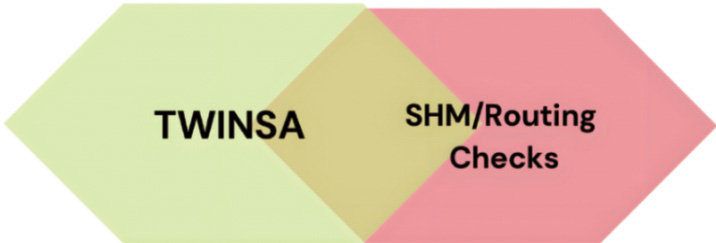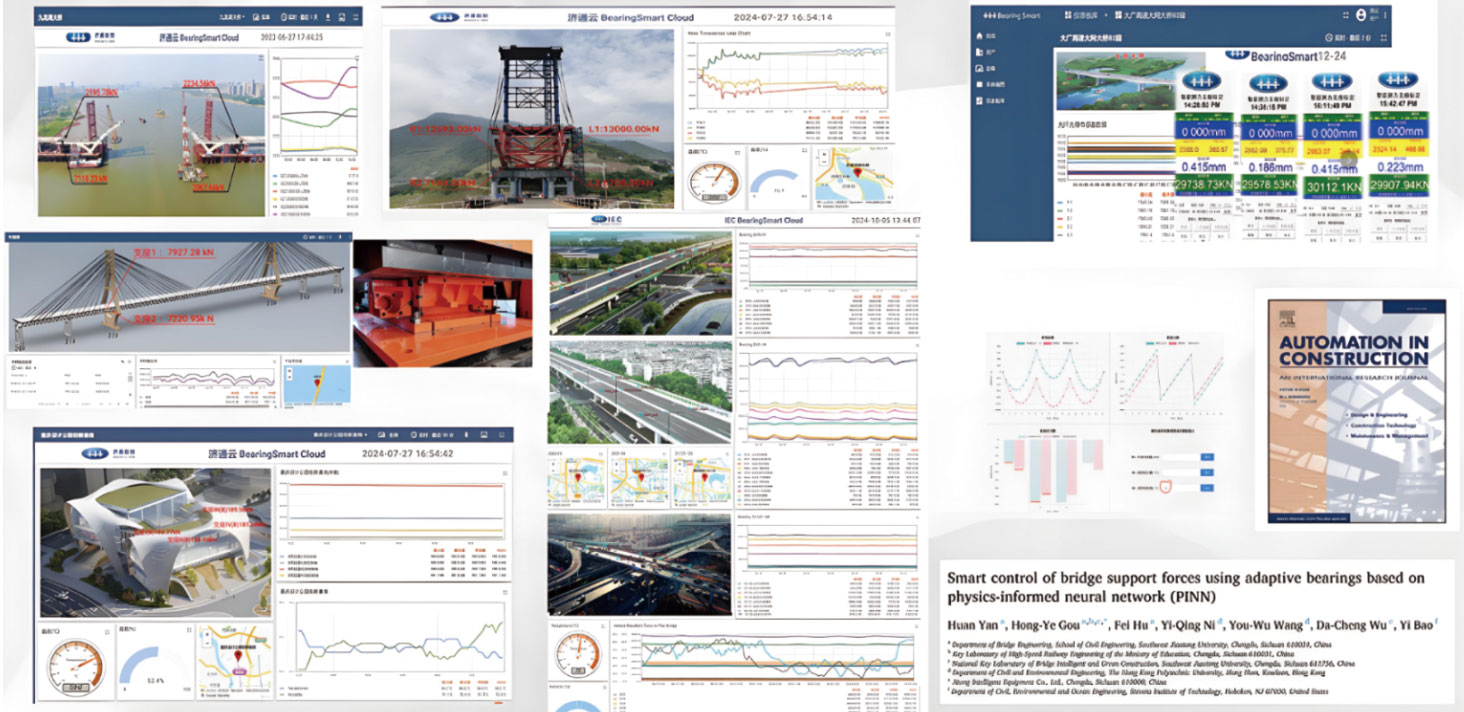
TWINSA
Case Study
Transforming Structural Engineering with Adaptive Digital Twin
Smart elevate structures to a new paradigm of adaptivity, offering game-changing benefits:
Enhanced Resilience: Ensures balanceddistribution, minimizing stress concentration, maintaining stability during unexpected loads
Increased Safety: Enables early detection of issues for proactive intervention, reducing the risk of failure.
Lower Life Cycle Costs:
Efficient Material Use: Reduces material requirements in design without compromising strength.
Reduced Maintenance: Localized adjustments lower repair costs and allow traffic to continue during maintenance, minimizing disruptions.
Improved Longevity: Localized adjustments lower repair costs and allow traffic to continue during maintenance, minimizing disruptions.
Reduced Carbon Footprint: Efficient material use, extended lifespan, and fewer interventions lower emissions, supporting sustainability.

Twinsa’s potential benefit on LV Continuous Beam Steel Box Girder Bridge*

Trustworthy Structural Model Updating,
Identifies suboptimal boundary conditions early with timely warnings,
Management of reliable safety factors
Green / Yellow Lights
Identifies cracks, misalignments, deformations, abnormal dynamic reaction
Supports the TWINSA Adaptive Digital Twin in feeding
Yellow/Red Lights

Since its invention in 2020, over 20 TWINSA system-supported IoT systems have been deployed in the cloud, integrated with SHM and pioneering digital twin systems. With 40 patents granted, SCI papers published, and over 2 billion data records generated, the system continues to improve.










